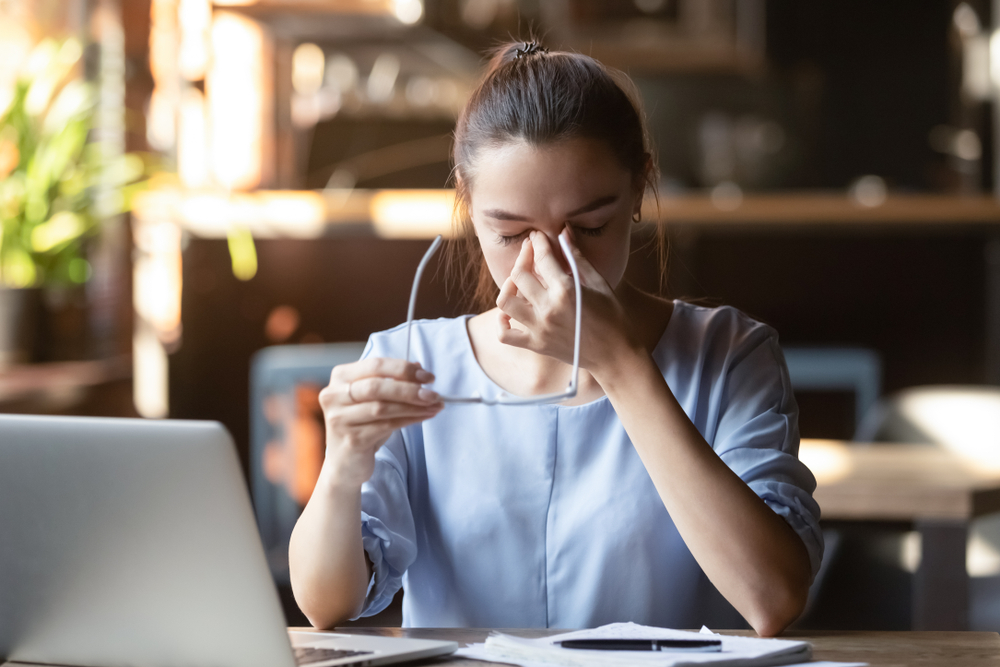
Dry Eye Syndrome is a common issue that affects many people in Boerne, and if you've noticed your symptoms flaring up during certain times of the year, you’re not alone. Whether it’s the dryness of winter, the allergens of spring, or the heat of summer, the environment can take a toll on your tear film. Understanding how these factors interact can help you find lasting relief and protect your long-term eye health.
Why Is Dry Eye So Common?
Boerne’s semi-arid climate means we experience low humidity levels much of the year. This dry air contributes to faster evaporation of the tear film, which leads to the uncomfortable symptoms of Dry Eye Syndrome.
Another major contributing factor is Meibomian Gland Dysfunction (MGD). The meibomian glands, located along the edge of your eyelids, produce the oil layer of your tears that helps prevent evaporation. When these glands become clogged or inflamed, the tears evaporate more quickly, worsening dry eye symptoms.
The Impact of Seasonal Allergies on Dry Eye
Spring and fall often bring beautiful scenery, but they also bring a spike in allergens like pollen and ragweed. For individuals who suffer from allergies, the itchy, watery eyes commonly associated with allergic conjunctivitis can overlap with or even trigger dry eye symptoms. Over-the-counter antihistamines may offer allergy relief but can also reduce tear production, further contributing to eye dryness.
Allergy-related inflammation can also impact the meibomian glands and conjunctiva, leading to increased discomfort and redness. If you’re experiencing both allergy and dry eye symptoms, addressing one without the other may not bring full relief.
The Importance of a Professional Diagnosis
Because dry eye can have multiple contributing factors including MGD, seasonal allergies, age, screen time, and medical conditions, it’s essential to get a professional diagnosis. We take a personalized approach to dry eye care by identifying the underlying causes of your symptoms.
We use advanced diagnostic tools to examine your tear film quality, evaluate gland function, and assess for signs of inflammation or allergy. This targeted assessment allows Dr. Rojas to create a treatment plan tailored to your unique needs. He may recommend in-office treatments, prescription eye drops, lifestyle modifications, or allergy management strategies.
Find Relief at Innovista Eye
Seasonal changes may be outside your control, but managing your dry eye symptoms doesn’t have to be. With the right diagnosis and care, you can enjoy clear, comfortable vision all year round, regardless of what the weather brings.
If you’re struggling with dry, itchy, or irritated eyes, schedule a comprehensive dry eye evaluation at Innovista Eye to the root of your symptoms and create a customized plan that brings you lasting relief. Visit our office in Boerne, Texas, or call (210) 526-2020 to book an appointment today.








